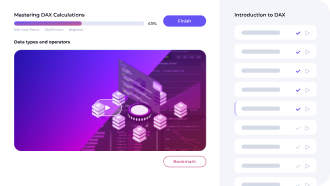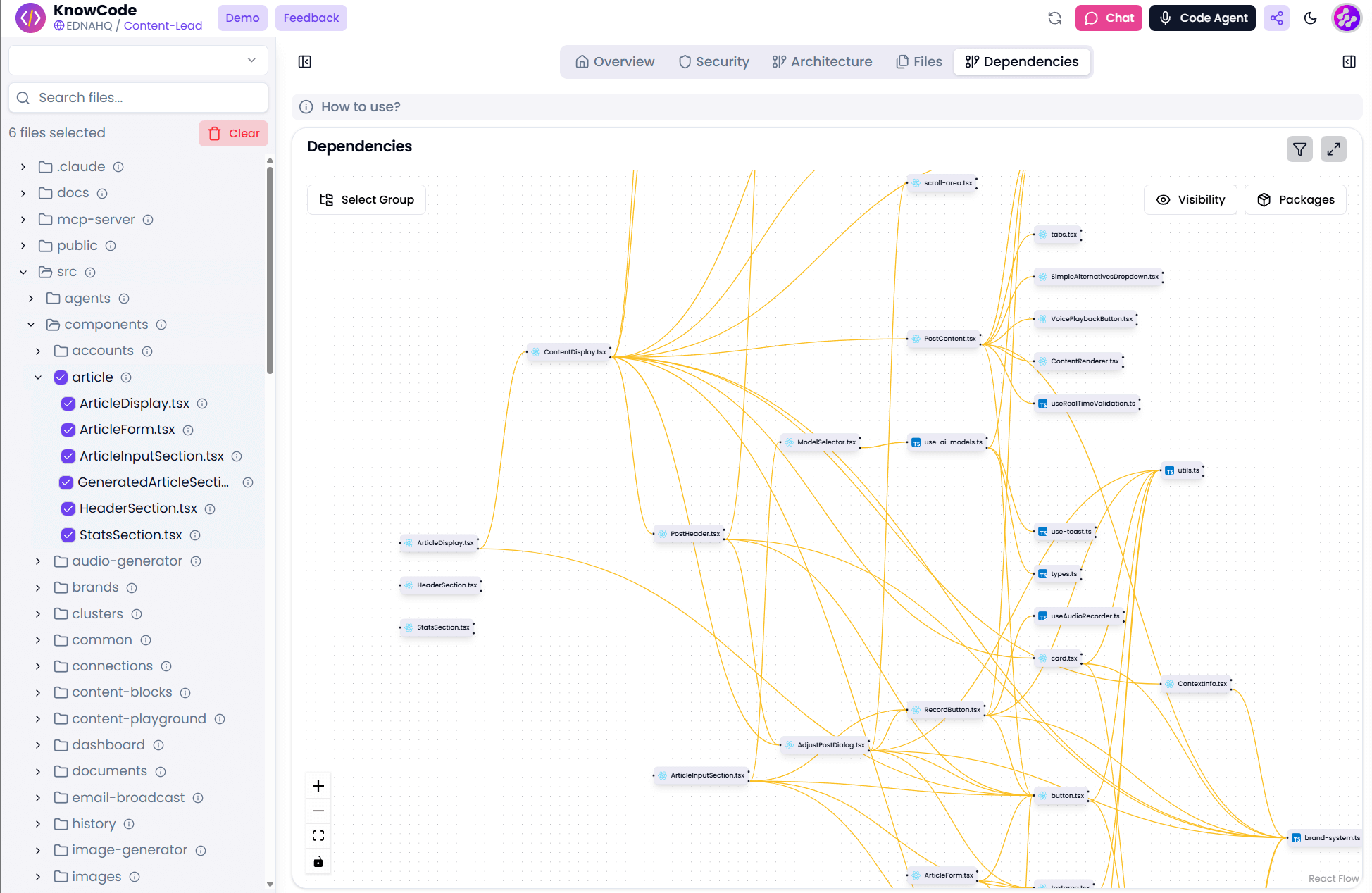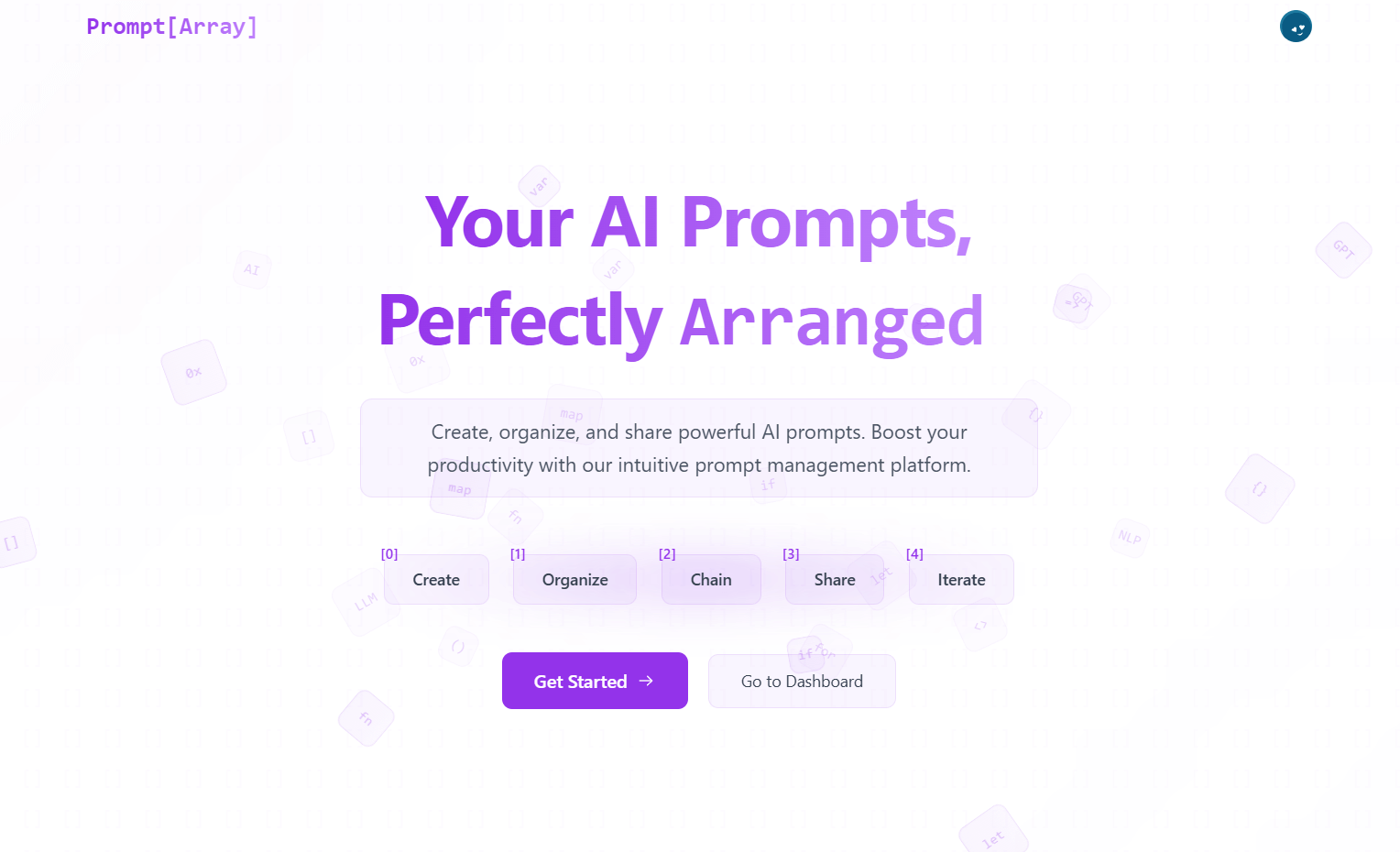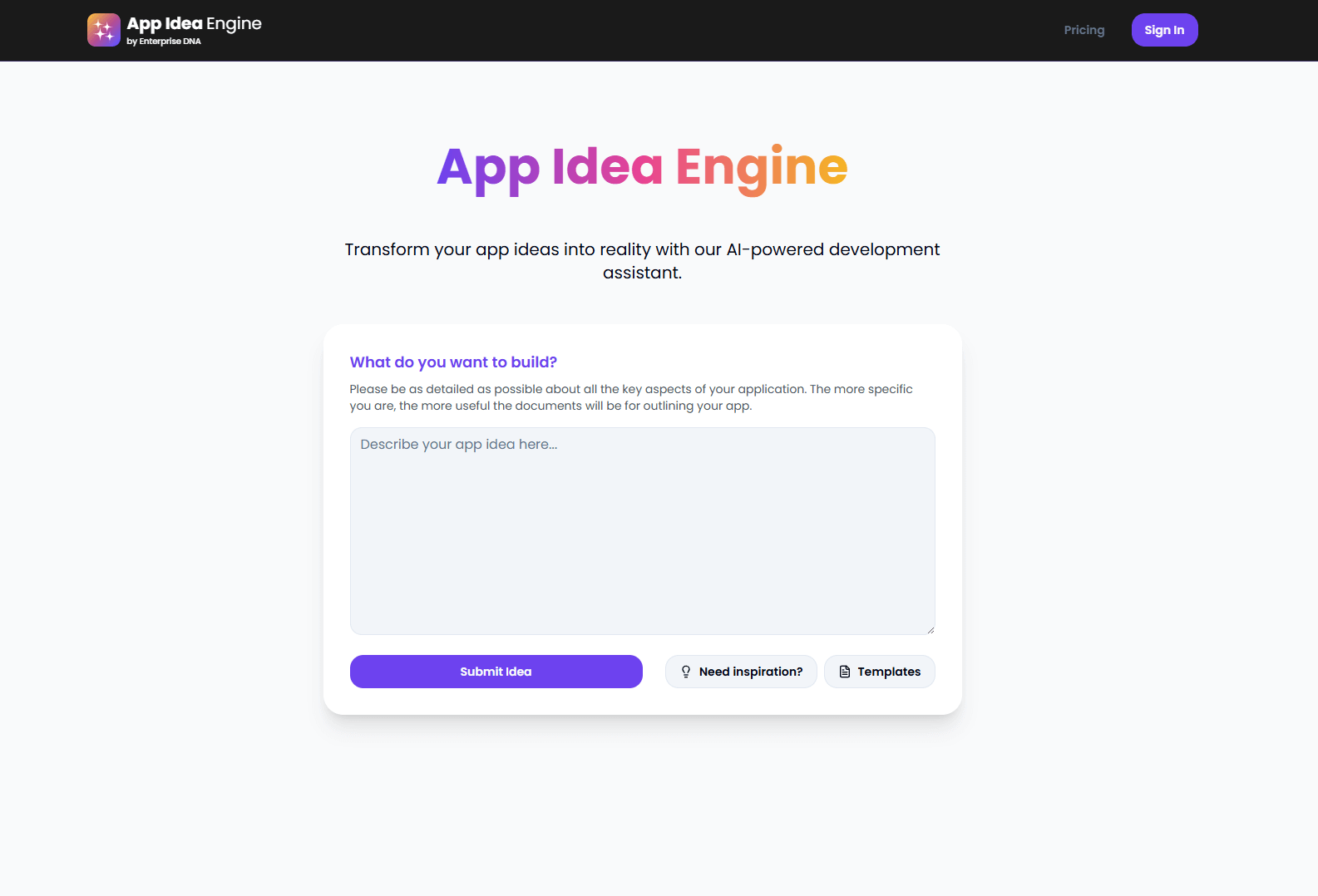The Power Of Analytics In Marketing

What You’ll Learn From This Episode
What was mentioned:
Why is the power of analytics in marketing important?
- The power of analytics in marketing is the ability to make better decisions based on data. By understanding customer behavior and preferences, businesses can more effectively target their marketing efforts and improve conversions.
- Analytics also provides insights into how campaigns are performing and which channels are most effective. This allows businesses to optimize their marketing spending and get the most out of their campaigns.
- Ultimately, analytics helps businesses to better understand their customers and make more informed decisions that drive growth and profitability.
Key Takeaways
Here are the steps you need to follow:
1. Observe
To begin, one should first observe the data and trends within their own organization to get a sense of where improvements could be made. After that, it is important to look at other companies and industries to see how they are using data and analytics to drive success. This will help to generate ideas and best practices that can be implemented within one's own organization. Once a plan is in place, the next step is to begin operationalizing the analytics within the company. This will involve working with data scientists and business leaders to ensure that the right data is being collected and that the analytics are being used in a way that will drive the desired results.
2. Orient
Orienting refers to the process of understanding the data that has been collected and determining how it can be used to answer the specific question at hand. In many cases, this will involve creating visualizations to help make sense of the data and to identify any patterns or relationships that may be relevant. Once the data has been adequately understood, the next step is to begin developing a model that can be used to make predictions or recommendations based on the data.
3. Decide
After you have identified the problem that you want to solve and collected the data that you will need to solve it, the next step is to define the specific goals that you want to achieve with your analytics. This will involve setting targets for things like accuracy, speed, and ROI. Once you have defined your goals, you can then start to build your models.
There are a few different ways to approach setting goals for your analytics. One approach is to start with what you want to achieve and work backward to identify the metrics that you will need to hit your targets. Another approach is to start with the data that you have and identify the goals that you can realistically achieve with it. Whichever approach you choose, it is important to be specific and measurable with your goals. This will help you to track your progress and know when you have achieved your objectives.
Connect with Sam McKay
LinkedIn: https://www.linkedin.com/in/sammckayenterprisedna/
Website: https://www.enterprisedna.co/
Connect with Mark Stouse
Website: https://www.proofanalytics.ai/
LinkedIn: https://www.linkedin.com/in/markstouse/
About The Show
The Analytic Mind is your guide to navigating the evolving frontier of data, AI, & intelligent business.
Hosted by Sam McKay, CEO of EnterpriseDNA, this show dives into real-world use cases, technical strategies, and the mental models behind smart decision-making.
Each episode challenges you to move beyond tools to think critically, act strategically, and build with impact.
Whether you're refining your analytics skills or shaping your organization's data vision, this is where insight meets execution.
Stay sharp. Stay ahead. Think like an analytic mind.











